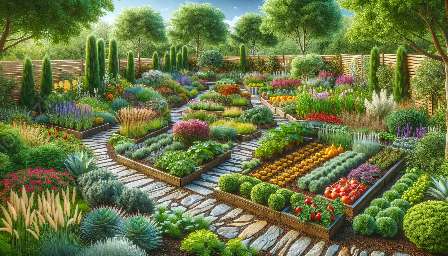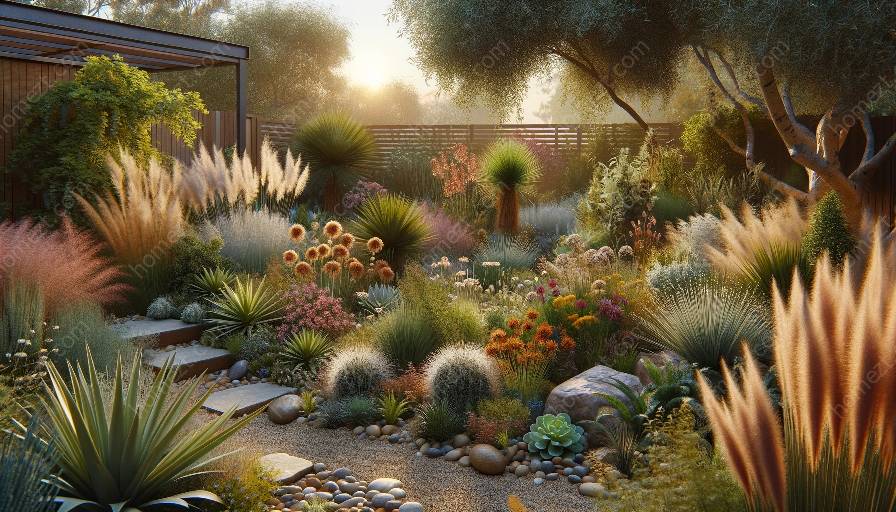Xeriscaping is a landscaping and gardening approach that focuses on water conservation, making it especially well-suited for regions with limited water resources. By using native plants for xeriscaping, you can create a beautiful, sustainable garden while reducing water consumption. In this comprehensive guide, we will explore the principles of xeriscaping, the benefits of using native plants, and how you can incorporate xeriscaping techniques into your gardening and landscaping practices.
Understanding Xeriscaping
Xeriscaping, originating from the Greek word ‘xeros’ meaning dry, is a landscape design method that promotes water conservation. By using water-efficient techniques and drought-tolerant plants, xeriscaping can significantly reduce water usage in outdoor spaces, making it an environmentally friendly and cost-effective choice.
The Benefits of Native Plants for Xeriscaping
When it comes to xeriscaping, native plants play a crucial role in creating a sustainable and low-maintenance landscape. Native plants are well-suited to the local climate, soil, and ecological conditions, making them naturally adapted to thrive without excessive irrigation or chemical inputs. Their deep root systems help prevent soil erosion and enhance soil water retention, further contributing to water conservation efforts.
Integrating Xeriscaping into Your Gardening and Landscaping
Now that you understand the importance of xeriscaping and the benefits of using native plants, it's time to explore how you can integrate these concepts into your own gardening and landscaping projects. Consider the following practices to create a xeriscape that is both visually appealing and environmentally friendly:
- Plant Selection: Choose native plants that are well-adapted to the local climate and require minimal water once established. Look for drought-tolerant species that can thrive in your specific region.
- Soil Improvement: Enhance the soil with organic matter and mulch to improve its water retention capacity, reduce evaporation, and promote healthy plant growth.
- Efficient Irrigation: Implement water-efficient irrigation systems such as drip irrigation and soaker hoses to deliver water directly to the roots of plants, minimizing waste and evaporation.
- Grouping Plants by Water Needs: Cluster plants with similar water requirements together to optimize irrigation and create microclimates within your xeriscape.
- Maintenance Practices: Embrace low-maintenance gardening practices by minimizing the need for mowing, fertilization, and excessive watering, allowing your xeriscape to thrive with little intervention.
By incorporating these strategies, you can create a xeriscape that not only conserves water but also enhances the beauty and functionality of your outdoor space.
Conclusion
In conclusion, native plants for xeriscaping offer a sustainable and visually stunning way to conserve water, reduce maintenance, and support the local ecosystem. By leveraging the principles of xeriscaping and integrating native plants into your gardening and landscaping endeavors, you can create a resilient and ecologically sound outdoor environment while contributing to environmental sustainability. Embrace the beauty and practicality of xeriscaping with native plants, and transform your outdoor spaces into vibrant, water-wise landscapes.


































